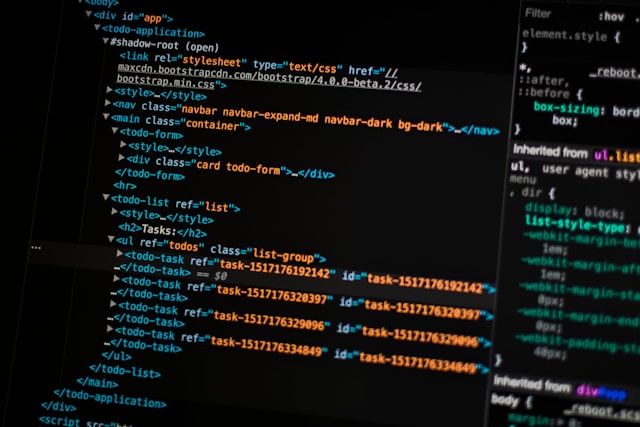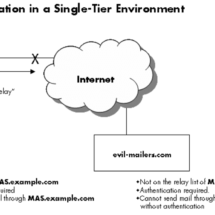Understanding Plugin Development
What is a Plugin?
A plugin is a piece of software that adds specific features or functionalities to an existing application. It is designed to integrate seamlessly with the main software, enhancing its capabilities without altering its core structure. Plugins are commonly used in various applications, including content management systems (CMS) like WordPress, multimedia software, and web browsers.
Why Develop Plugins?
Developing plugins allows for customization and scalability of software systems. It enables developers to extend the functionality of a platform without modifying its source code, ensuring that updates to the main software do not disrupt the added features. This modular approach to software development is cost-effective and efficient, particularly for businesses looking to tailor software to their specific needs.
Key Considerations in Plugin Development
Compatibility
When developing a plugin, it is crucial to ensure compatibility with the host application. This includes understanding the application’s architecture, APIs, and the environment in which the plugin will operate. Incompatible plugins can lead to performance issues, security vulnerabilities, and user dissatisfaction.
Security
Security is a paramount concern in plugin development. A poorly designed plugin can expose the host application to vulnerabilities such as SQL injection, cross-site scripting (XSS), and other security risks. Developers must follow best practices in coding, such as input validation, sanitization, and regular security audits, to minimize potential threats.
Performance
Plugins should be optimized for performance. This involves minimizing the plugin’s impact on the host application’s load times, memory usage, and overall responsiveness. Efficient coding practices, such as caching and asynchronous processing, can help achieve optimal performance.
Steps in Plugin Development
Planning and Requirements Gathering
The first step in developing a plugin is to identify the specific needs that the plugin will address. This involves gathering requirements from stakeholders, understanding the limitations of the host application, and defining the plugin’s scope and functionality. Clear planning ensures that the development process is focused and aligned with the end goals.
Designing the Plugin Architecture
Designing the plugin’s architecture involves outlining how it will interact with the host application and other plugins. This includes defining the plugin’s entry points, hooks, filters, and the data flow within the plugin. A well-structured architecture ensures that the plugin is maintainable, scalable, and easy to debug.
Coding and Implementation
Once the design is in place, the actual coding begins. Developers should follow coding standards and best practices to ensure that the plugin is robust and maintainable. During this phase, it’s important to frequently test the plugin to identify and resolve any bugs or performance issues.
Testing and Debugging
Testing is a critical part of plugin development. This includes unit testing, integration testing, and user acceptance testing to ensure that the plugin functions as intended across different scenarios and environments. Debugging tools and techniques are used to identify and fix any issues that arise during testing.
Documentation
Comprehensive documentation is essential for both users and developers. It should include installation instructions, usage guidelines, and information on how the plugin integrates with the host application. Well-documented plugins are easier to use, maintain, and extend.
Deployment and Updates
Once the plugin has passed all tests, it is ready for deployment. This involves packaging the plugin and making it available for installation. Developers should also plan for regular updates to address any bugs, security vulnerabilities, or compatibility issues that may arise as the host application evolves.
Best Practices in Plugin Development
Keep It Simple
Plugins should be designed to perform specific tasks without unnecessary complexity. This not only makes the plugin easier to use but also reduces the likelihood of bugs and performance issues.
Maintain Code Quality
High-quality code is essential for developing stable and secure plugins. This involves following coding standards, writing clean and well-organized code, and conducting code reviews to ensure consistency and quality.
Provide Support and Maintenance
Even after a plugin is released, ongoing support and maintenance are crucial. This includes providing users with updates, fixing bugs, and ensuring compatibility with new versions of the host application.
Conclusion
Plugin development is a powerful way to extend the functionality of software applications, allowing for greater customization and flexibility. By following best practices and focusing on security, performance, and compatibility, developers can create plugins that enhance user experience and add significant value to the host application.



















